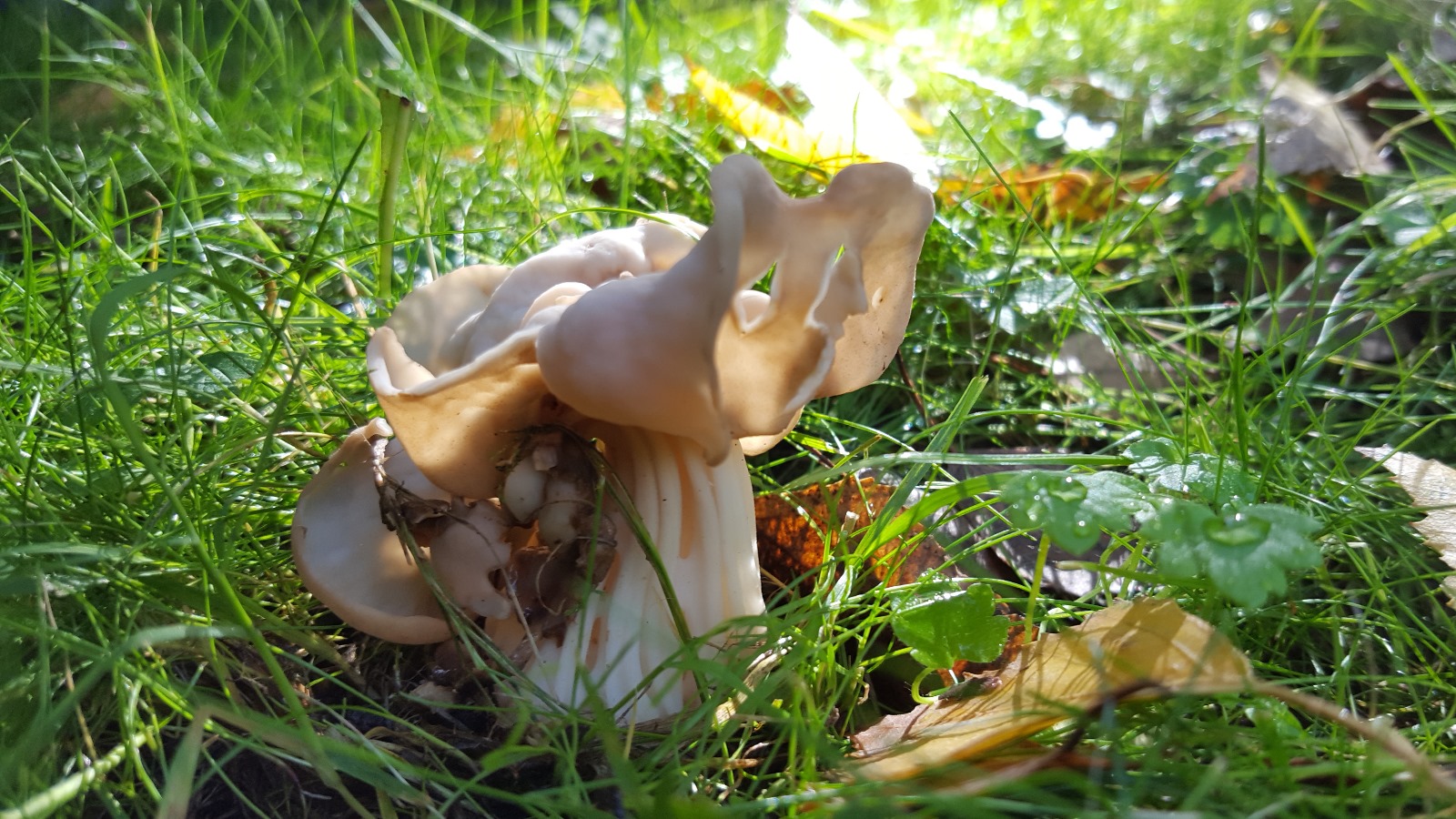Five mushrooms to discover in the Garden during November and December
A naturalist in the Gulbenkian Garden
In Portugal there are hundreds of species to discover. They are of fundamental importance because they help break down the dead matter and provide food for plants, helping them to survive. Look out for them on rainy days or when the humidity is high and temperatures are mild, between 18ºC and 25ºC. To begin with, discover these five species in the Gulbenkian Garden, identified with the precious help of Rute Rainha Pacheco, a specialist in Mycology.
Woolly Milkcap
Lactarius torminosus
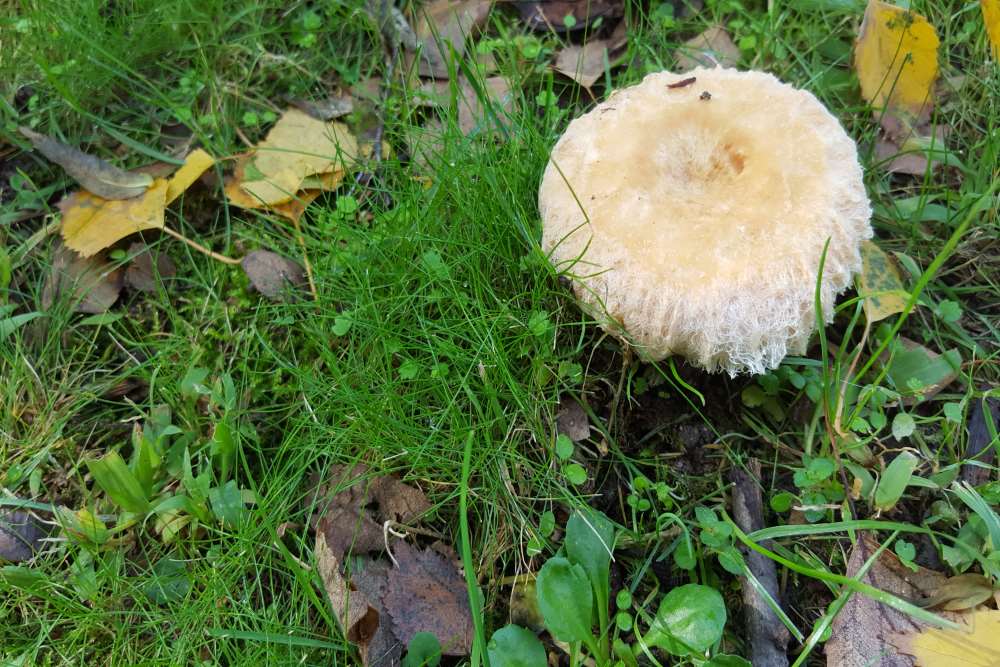
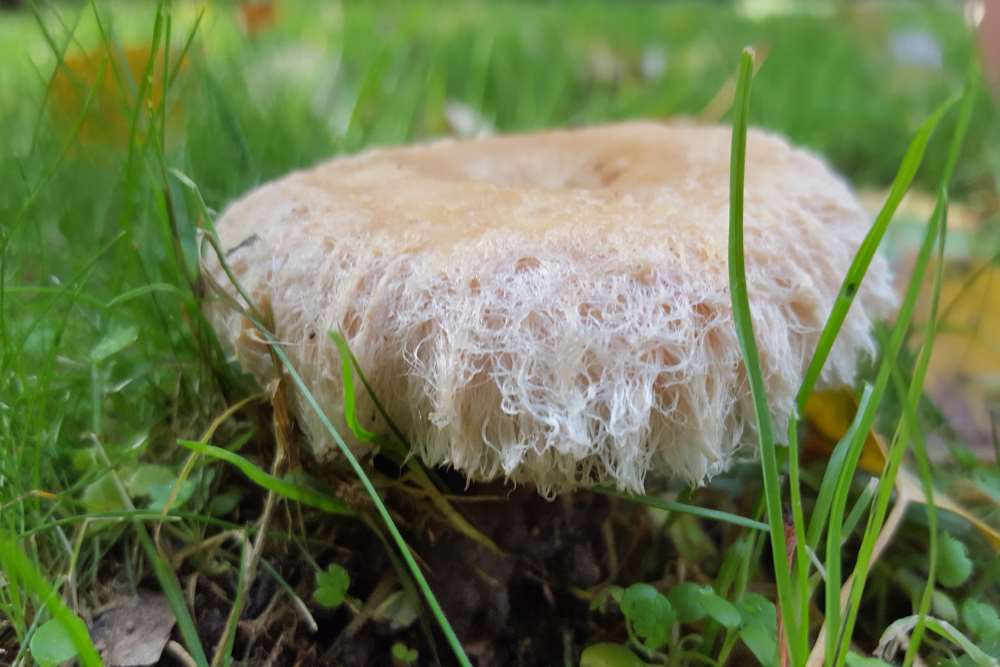
It is almost certain that this mushroom is a Lactarius torminosus. To be absolutely sure, we would have to break open the gills to see whether a milky white juice, known as latex, spills out. The edges of the cap are hirsute and frayed and appear curled when the mushroom is young. This species is only found under birches, such as the Iberian white birch (Betula celtiberica) which can be found in the Gulbenkian Garden, in the rose garden, for example.
White Saddle
Helvella crispa
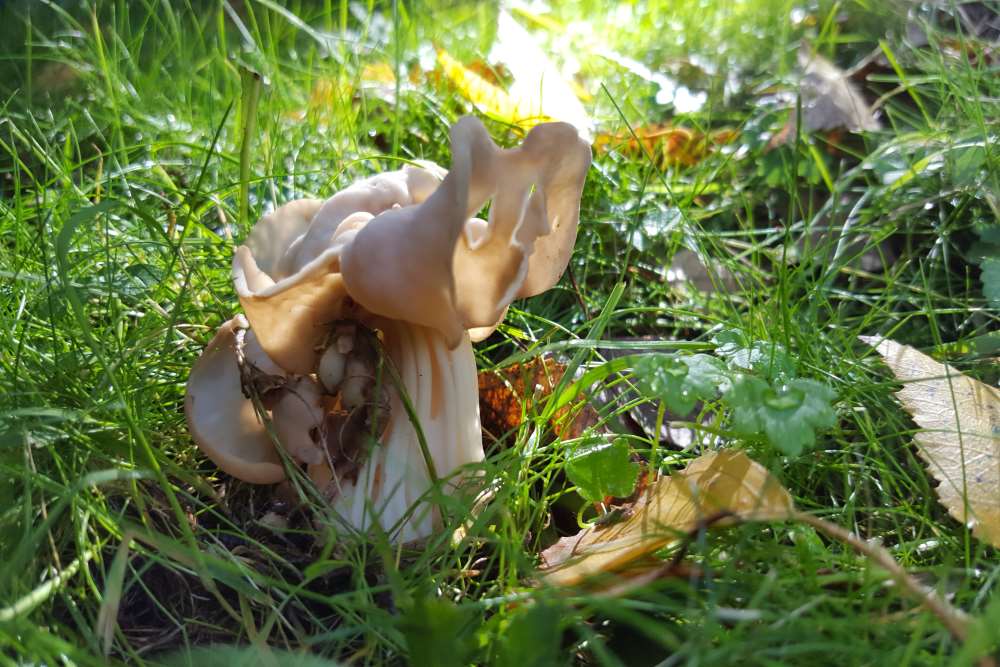
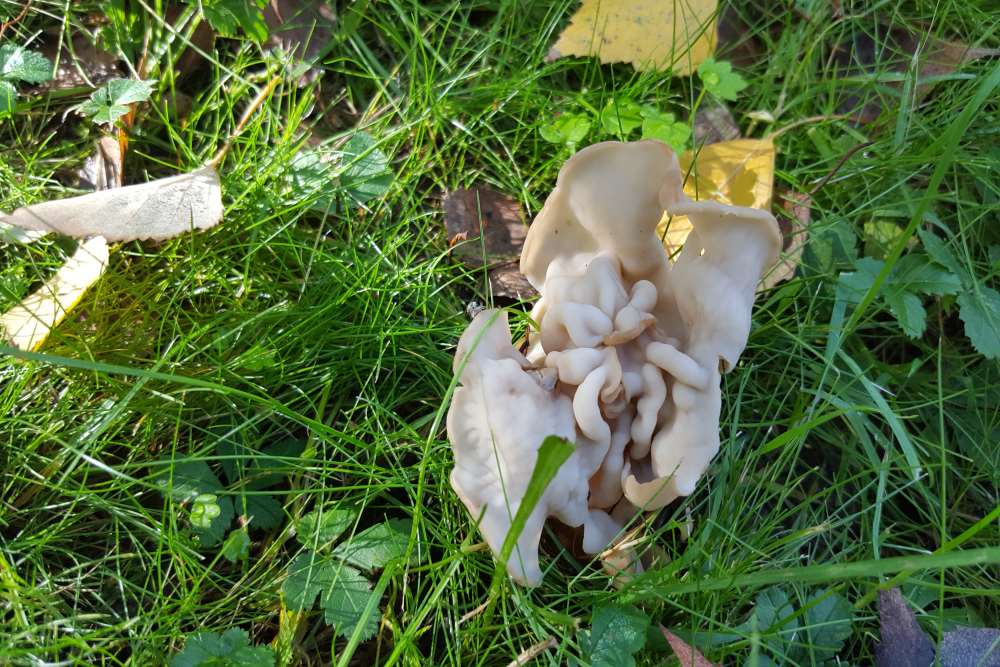
It is relatively large and has an original shape, with a twisted stem and a very lobular cap. The white saddle is a saprophyte, that is, it feeds on decomposing organic matter. It is usually found in hardwood forests, in parks and in grassy or mossy areas. It is easier to find between August and November.
Laccaria sp.
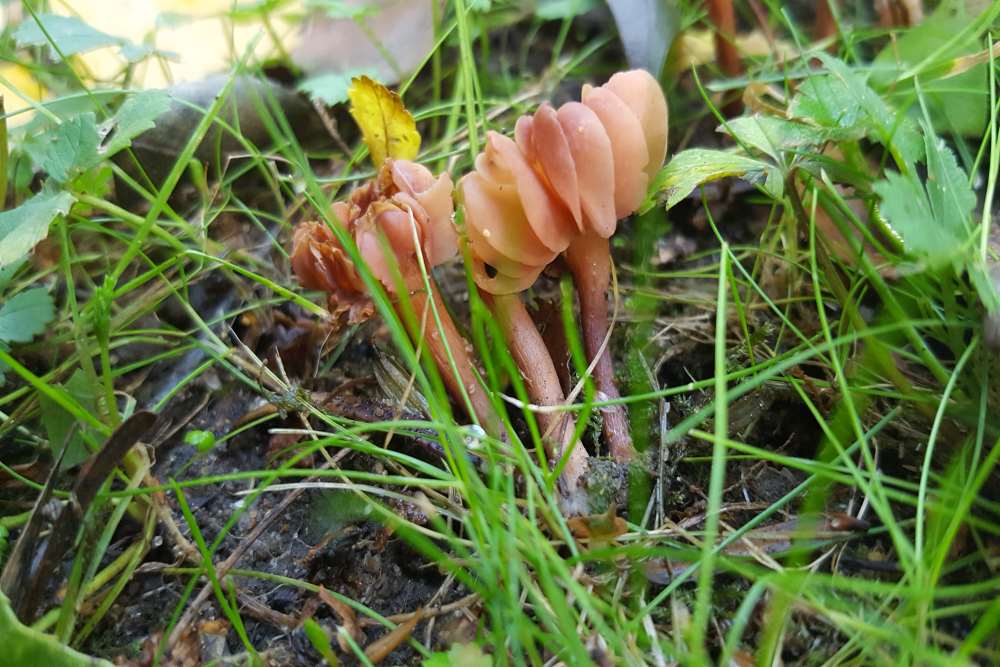
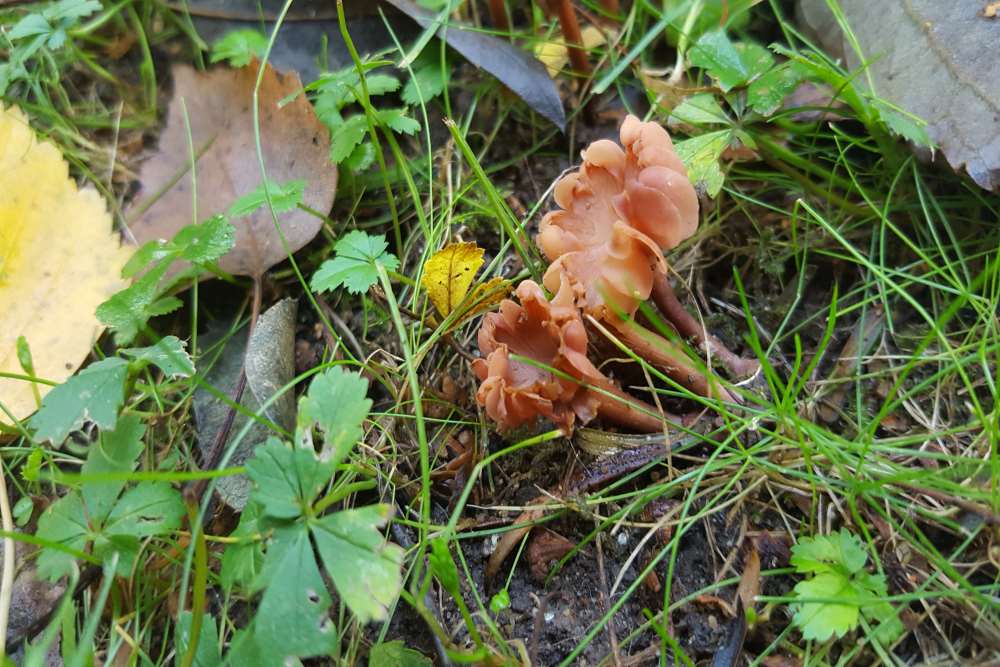
There are many dozens of species of mushrooms of this genus. One of the most common is the Laccaria laccat, but it’s difficult to identify as it comes in many different shapes and colours and is very similar to dozens of others. That is why, in England, they call the Laccaria laccata “The Deceiver”. All the mushrooms of the Laccaria genus are mycorrhizae, that is, they live in a mutually beneficial, symbiotic relationship with the roots of certain plants.
Stinking Dapperling
Lepiota cristata
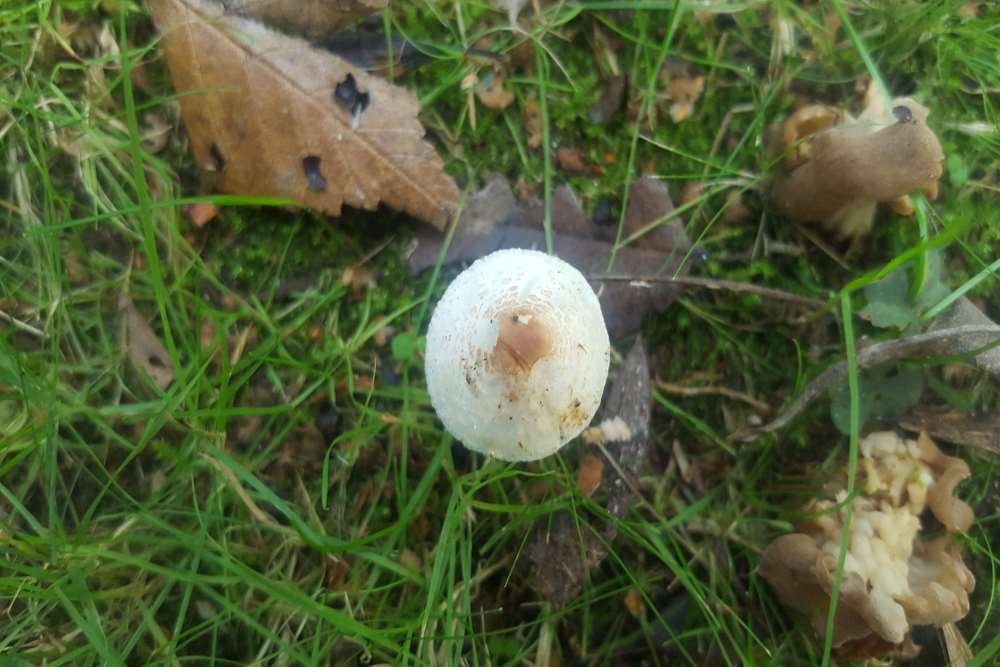
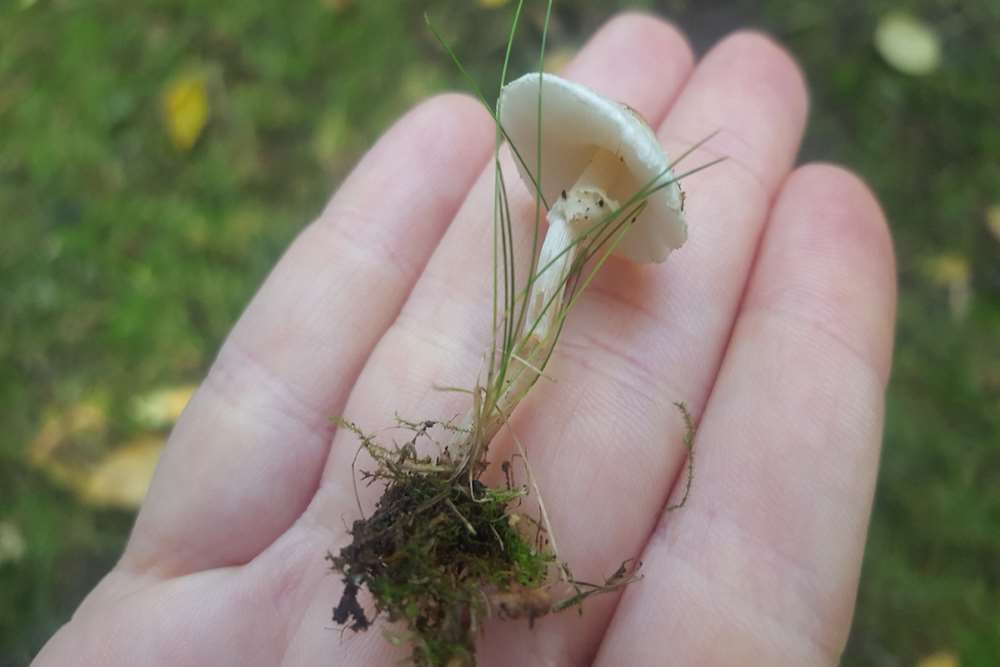
Identify this mushroom by its size (the cap’s diameter is usually between two and four centimetres), the presence of brown scales on the cap, the fragile ring on the stem and a distinctive odour. The cap is convex initially and becomes practically flat when it matures.
Cortinarius sp.
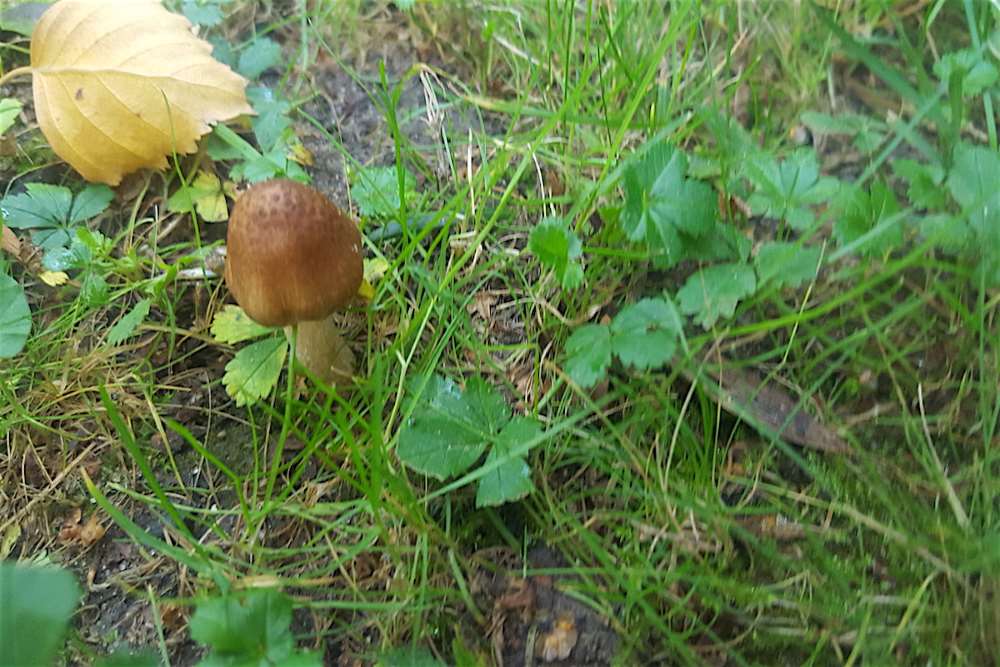
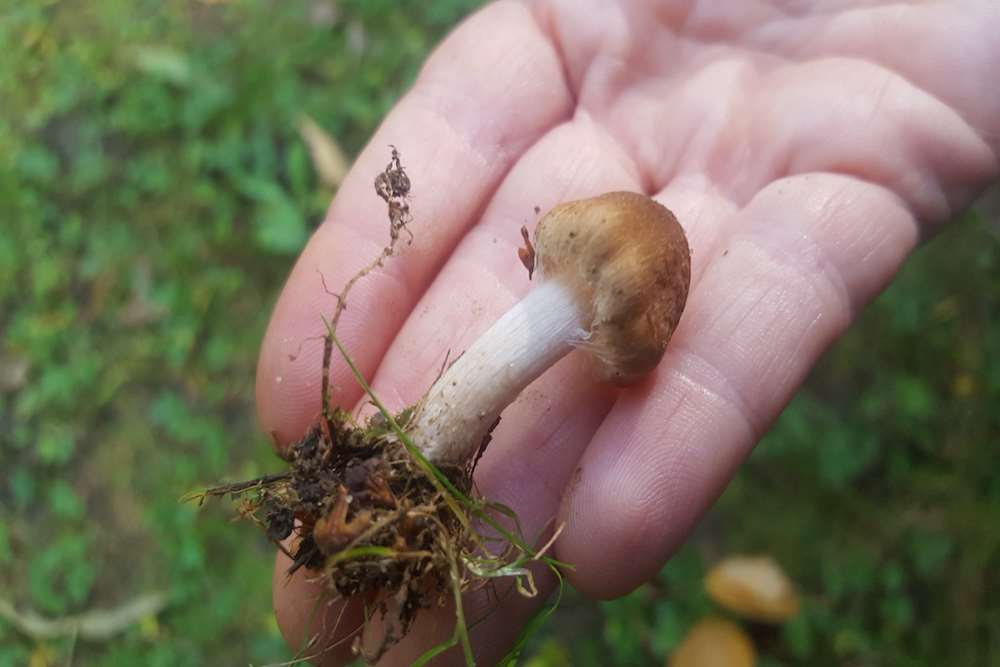
Here’s another mushroom which is a challenge to identify. One of the most frequent is the girdled webcap (Cortinarius trivialis), which may have a brownish-coloured cap of up to 10 centimetres in diameter. Its stem, usually 10 centimetres tall, has fibrous remains of a darker colour.

